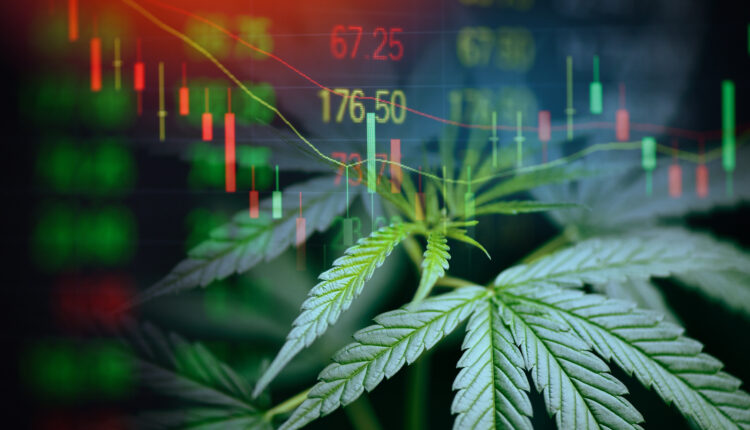
Seasonal trends and a pandemic give data scientists at Headset an analytical challenge
Last January, Liz Connors, Director of Analytics at Headset, demonstrated through year-over-year data sure-fire growth sections of the cannabis industry to interested stakeholders. She was so confident in the data, even joking that “not even the sun exploding” would affect what the data was forecasting for cannabis’ future.
Then COVID hit, and Connors changed her tune in how she looked at data or even made forecasts or predictions as a data scientist.
TDR caught up with Headset following the release of their Canadian cannabis sales report that looked at recent trends from October 2020 through January 2021.
Year-Over-Year Trends with an Added Pandemic
For the period, Headset found that sales slightly declined over November, then experienced a holiday-time surge. The week following Boxing Day experienced a downturn, with that downturn continuing through the first two weeks of January

In any other year, these trends could be explained as the regular consumer patterns: spending tends to slow in the weeks prior to the December holidays, peak right before the holidays, and significantly slow after January when people start into their New Years Resolutions and perhaps commit to consuming less cannabis.
This year’s stats, however, had a pandemic thrown in to add a new host of stories behind the data, making year-over-year comparisons misleading and now unreliable.
“As forecasters, we look at what happens historically to inform the future,” says Connors, likening the job of a data forecaster to a weather forecaster, who looks at previous years’ weather trends. “If there was a month that it snowed in June, that month certainly wouldn’t help predict the weather. COVID has given us a really unusual year, taking out most of the observations of what we thought would happen in Canada,” says Connors. She notes that all sectors’ data were affected by COVID, making 2020-2021 a true head scratcher for data scientists worldwide.
Lockdown Creates Unusual Seasonal Sales Increase
One noticeable COVID-induced sales rush was the time between the third and fourth week of December. When in prior years, there would be an immediate decline in that week after Christmas, sales grew, which can likely be attributed to Ontario going into lockdown and people stocking up for the long haul. When you look at like-store sales between Ontario and Alberta, Alberta, who did not go into lockdown after Christmas, did not experience the same peak in sales.



